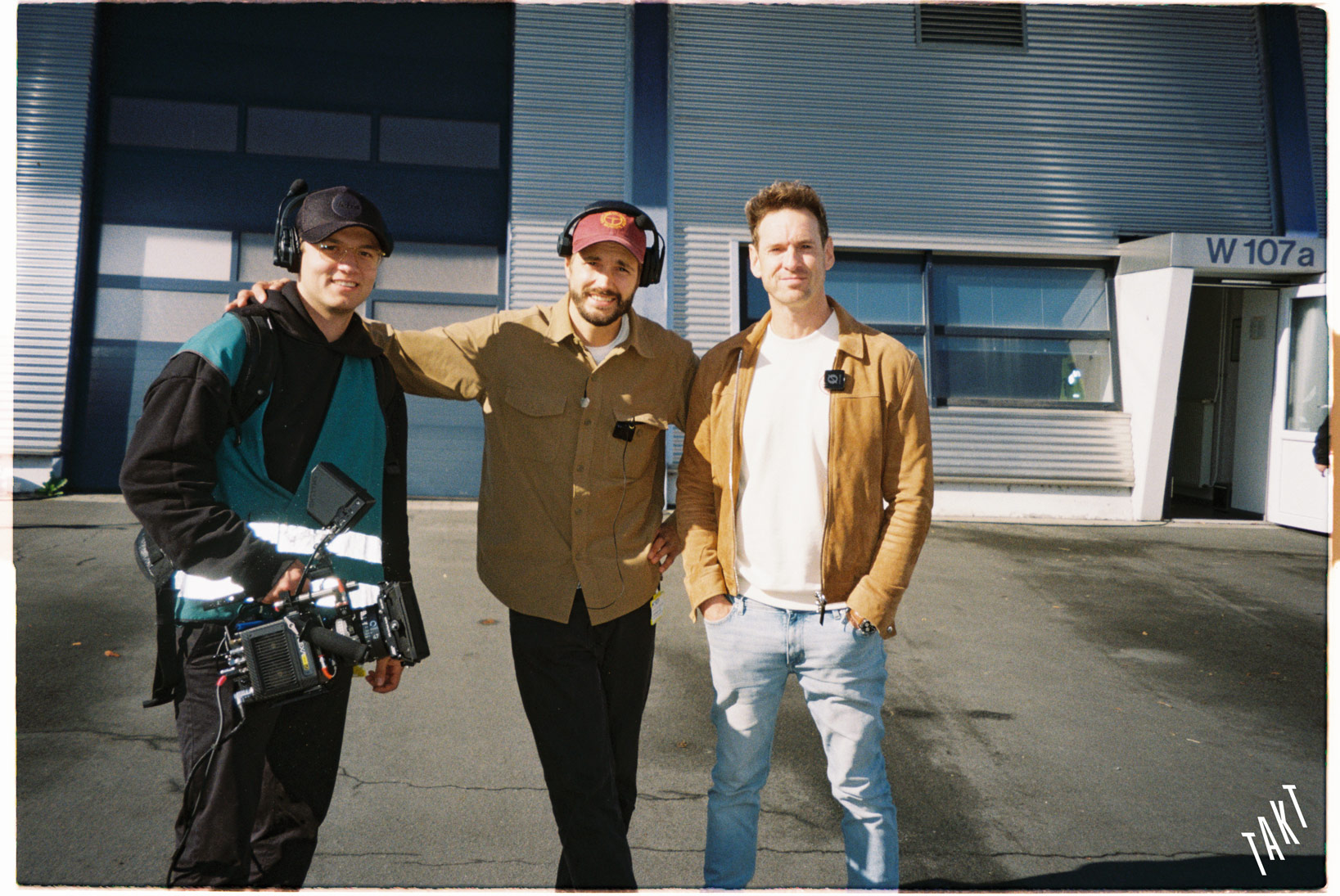Yangwang U9 Xtreme × TAKT – When Record Becomes History
In September 2025, BYD’s premium brand YANGWANG wrote itself into the history books: their hypercar Yangwang U9 Xtreme (U9X) reached a top speed of 496.22 km/h (308.4 mph), officially becoming the fastest production car on the planet. (Autoweek)
The record run was completed at the ATP test track in Papenburg, Germany, under controlled and verified conditions. The U9X outpaced even the Bugatti Chiron Super Sport 300+, a milestone few thought an EV could achieve. (Electrive)
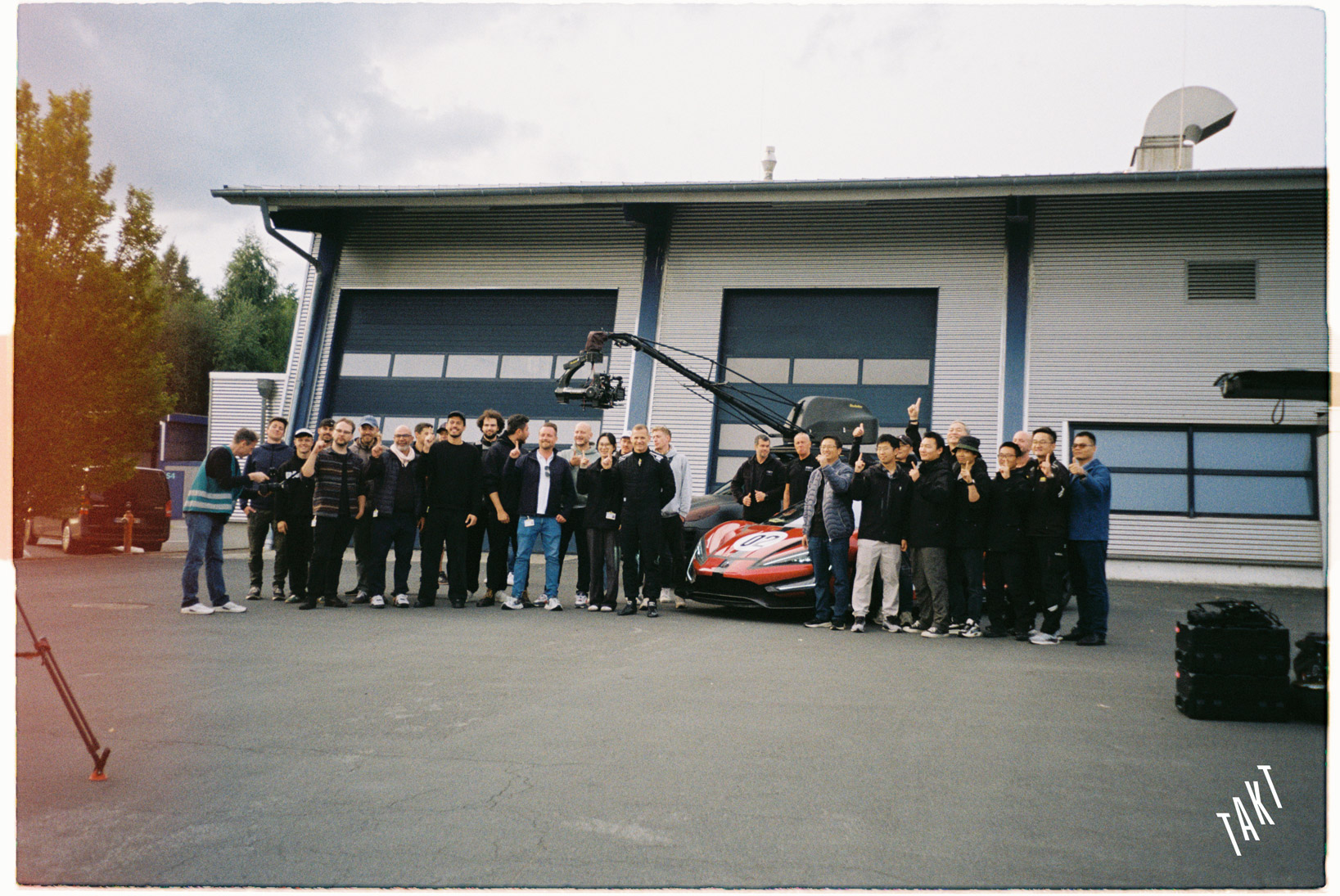
Key facts:
- Four electric motors, each with individual wheel control.
- 1,200V system architecture enabling extreme performance and ultra-fast charging.
- Testers suggest 500 km/h would have been possible with specialized tires. (CleanTechnica)
- Preceded by the U9 Track Edition which already broke 472.41 km/h. (BYD)
- Production is limited to 30 units. (Autoweek)
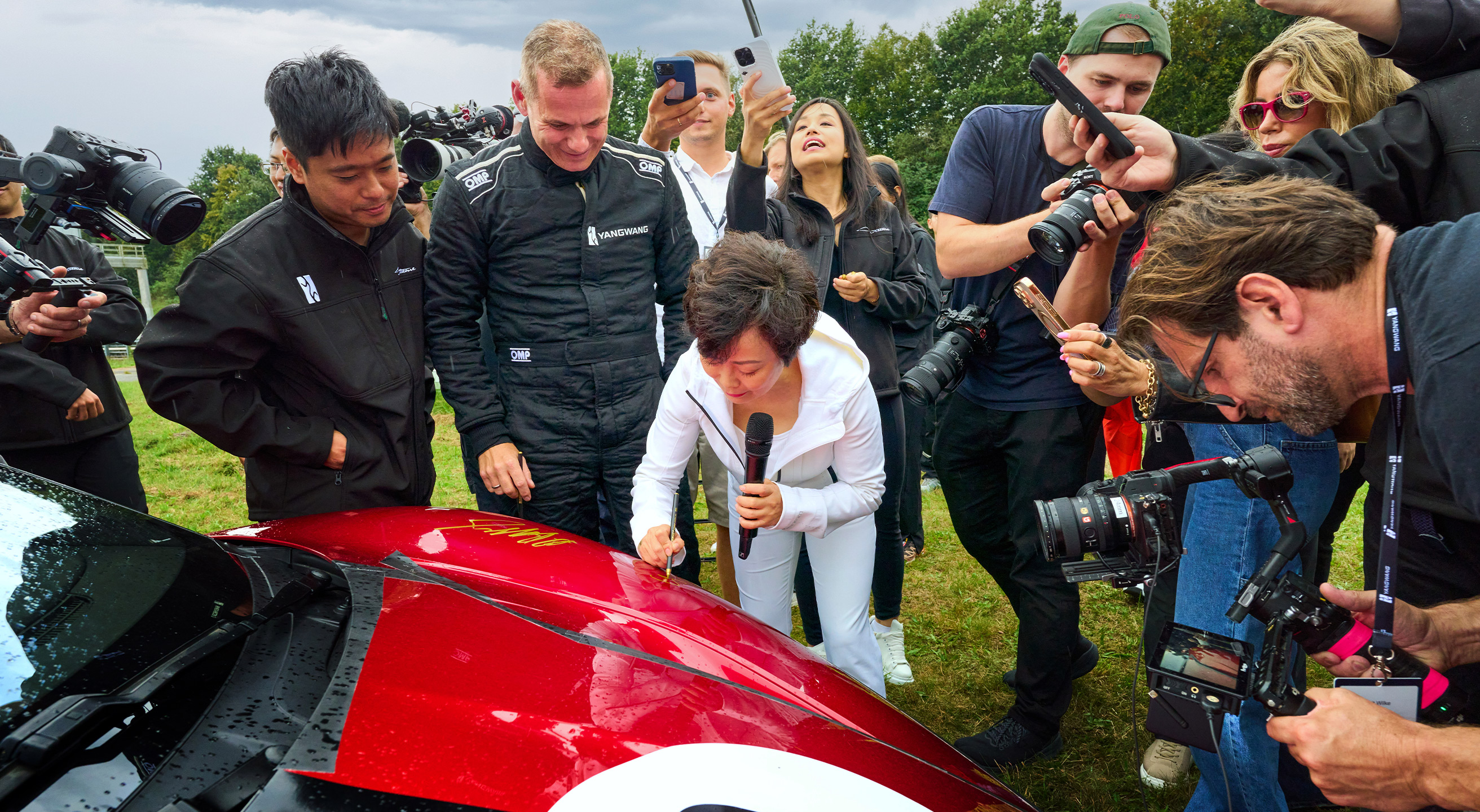
TAKT’s role – documenting the technology and the people behind it
This milestone is about much more than speed,It represents a glimpse into the future of mobility: technologies that will soon “trickle down” into everyday cars – motor control, suspension, chassis dynamics, thermal management, charging speed, and overall safety.
At TAKT, we were trusted to capture this journey:
- An extremely tight schedule: 4 days of pre-production, 2 days of editing, 1 day of intensive finishing (sound & color).
- A complete 13-minute documentary delivered in just 3 days + shorts
- Exclusive access behind the scenes: engineers, test drivers, and the process of pushing technology to its absolute limits.
This production also marks the launch of TAKT Mobility, our new channel dedicated to telling the most groundbreaking stories in the future of mobility.
More on that later
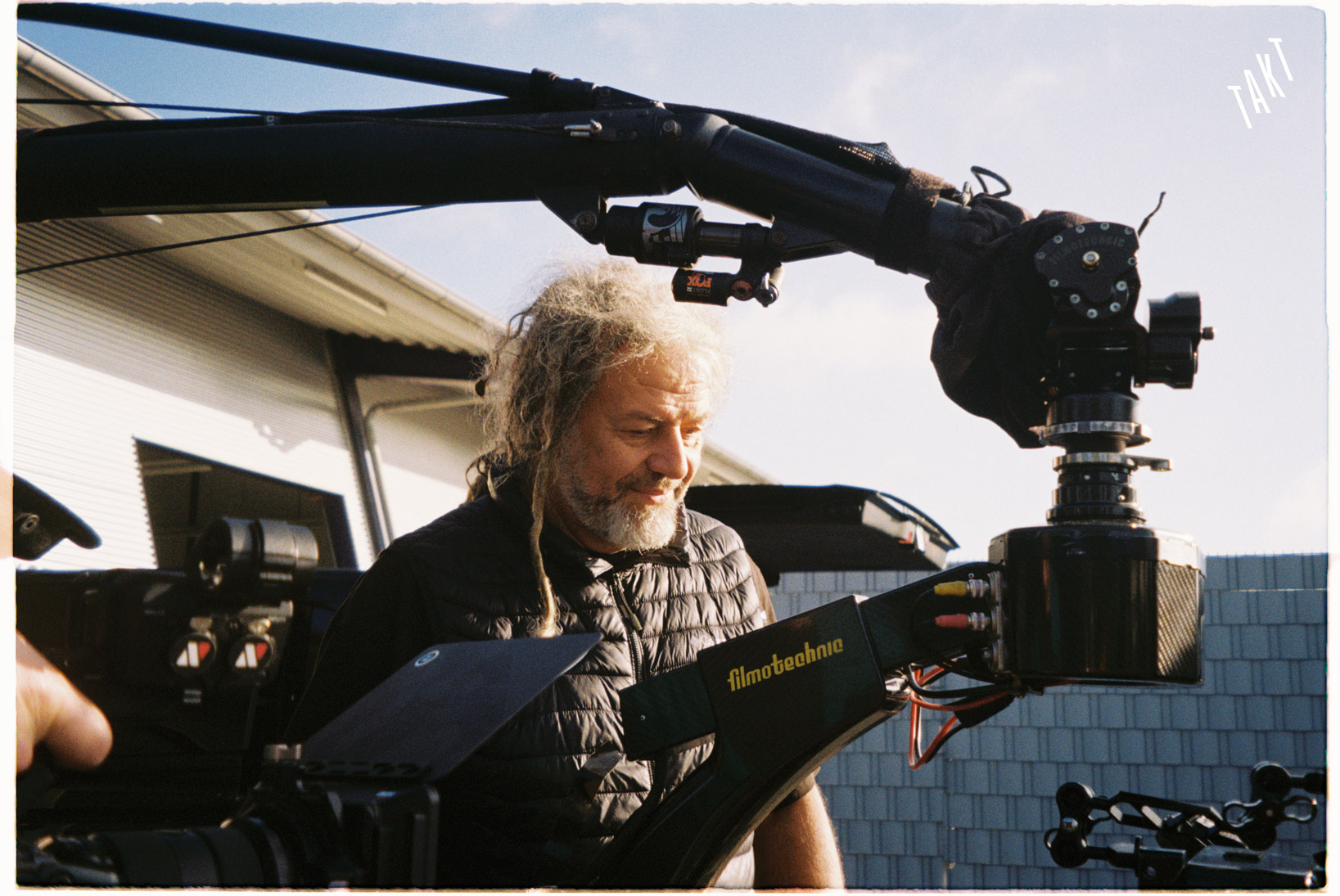
Why it matters
That the world’s fastest production car is now electric – it’s a signal that EV technology has not only caught up with, but surpassed, the pinnacle of traditional automotive engineering.
Every breakthrough here – smarter battery management, more efficient cooling, more robust drivetrains – will eventually reach the cars we drive daily.
The scale is staggering:
- Their new megafactory is projected to rival the size of San Francisco.
- They employ more people than the entire population of Oslo, and more than Gothenburg too.
- They are the largest EV producer in the world.
- They file between 10–35 patents every single day.
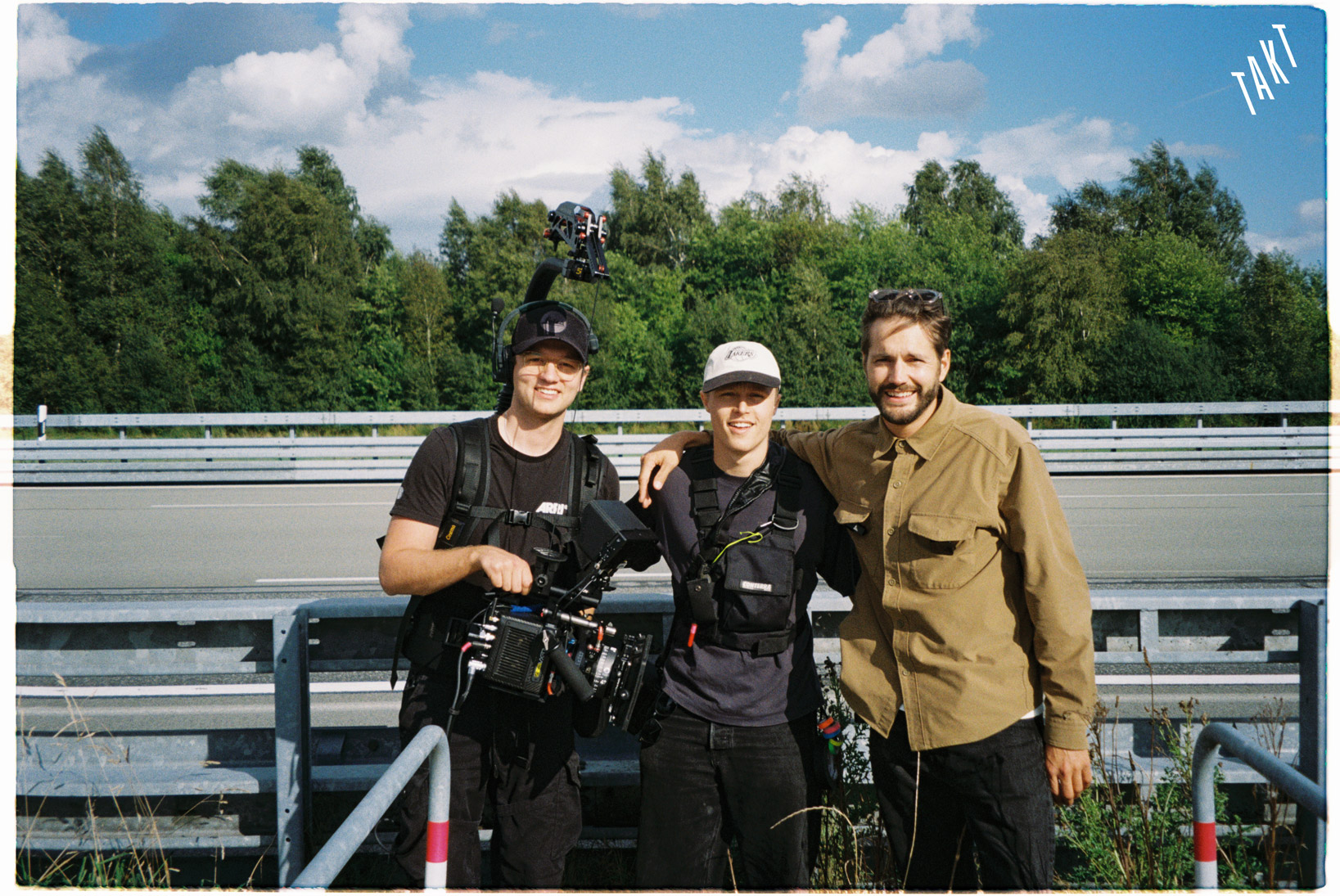
What’s next
The Papenburg record is just the beginning. More stories will follow: deep dives into the technology, the human side of the engineers and drivers, and how these breakthroughs reshape global mobility. Our journey now continues to Shenzhen, China, where the next chapter unfolds.
Follow TAKT.no and TAKT Mobility to see how the future of mobility is being written – at full speed, with authenticity and uncompromising quality.
Ten things you should know about the YANGWANG U9 Xtreme
The fastest production car in the world now comes from China. Here are the highlights:
- Almost 3,000hp
Four electric motors, each producing 744hp, give a combined 2,978hp. More than double the “standard” U9 – and ahead of the Rimac Nevera and Aspark Owl. - Motors built like aerospace tech
The world’s thinnest silicon steel and aerospace-grade aluminium housings. These motors are closer to rocket tech than car engines. - 1,200V platform
The first production car to run this high. Comparable to the voltage of electric high-speed trains. - Blade Battery
LFP chemistry, ultra-thin cells, 170% higher power density. In practice: huge power output without overheating. - Stays cool under pressure
Even at 20% state of charge, it still delivers over 2,400hp. Cooling reduces heat by two-thirds. - Precision torque control
Adjusts wheel torque more than 100 times per second. Keeps grip intact at nearly 500km/h. - Suspension with a party trick
Yes, it can hop. More importantly, it stabilises the car in milliseconds at extreme speed. - Aerodynamics (and a bit of duct tape)
Carbon splitter at the front, rear wing deleted for drag reduction. And yes, duct tape played its part during the record run. - Special wheels and tyres
20-inch rims with 325mm wide semi-slicks from Giti. Even the wheels are knurled to stop the tyres slipping under force. - It still had more to give
First run at 482km/h, then 486km/h, then the record at 496.8km/h – beating Bugatti’s 490.5km/h. Data shows the car wasn’t yet at its limit.
